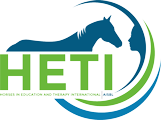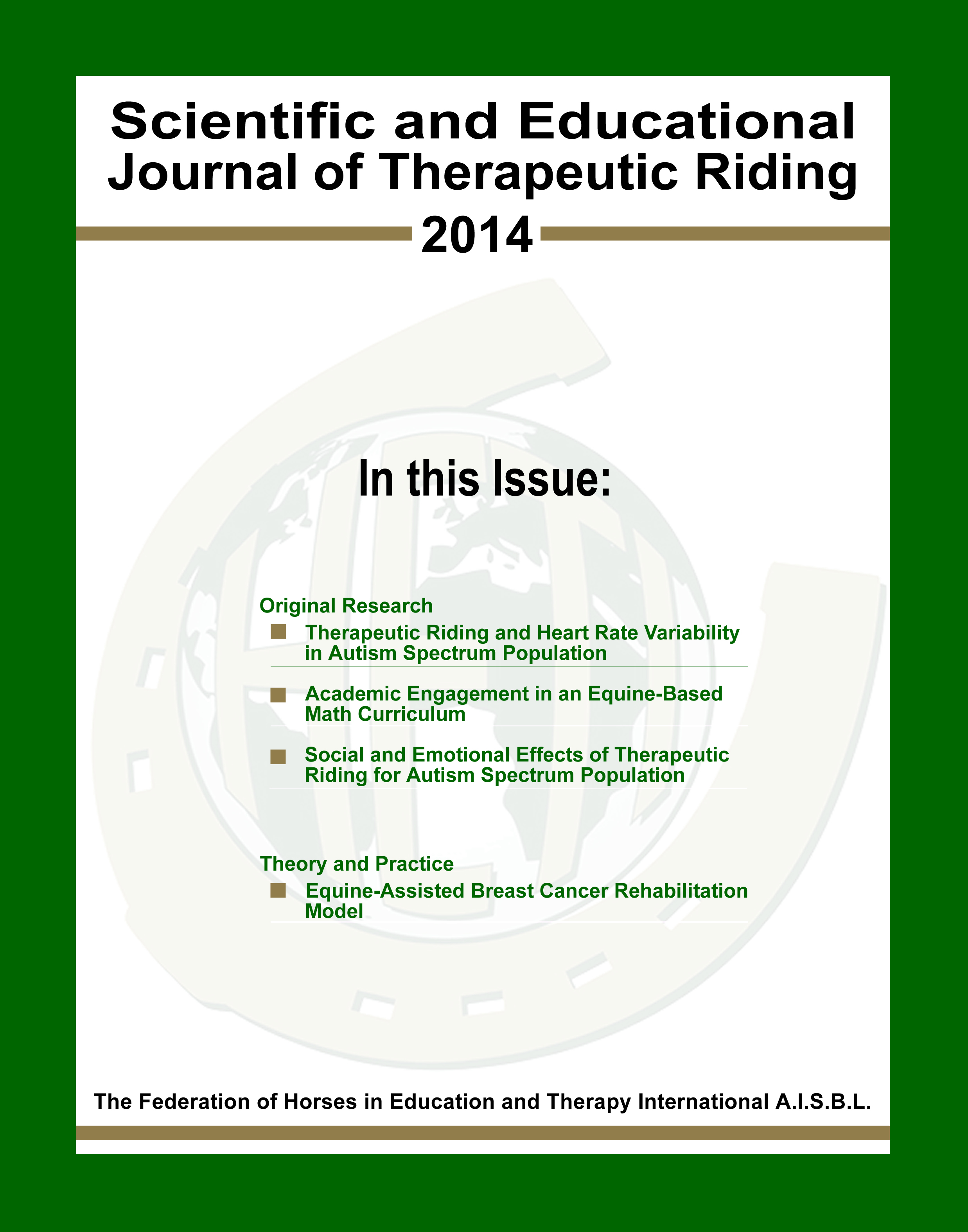Acute Heart Rate Variability Responses to a Therapeutic Horseback Riding Session in Children with Autism Spectrum Disorders
€10.00
| Author | Rowena Naidoo, Zingisa Z Nqwena, Lauren Reimers, Kate Peters, Takshita Sookan and Andrew J McKune |
|---|---|
| Year | 2014 |
Aim: The aim of this study was to determine the acute effects of a therapeutic horseback riding session (THR) on heart rate variability in children with autism spectrum disorders (ASD).
Methods: Heart rate variability time and frequency domain parameters were measured in five participants (6-17 years) with ASD. The heart rate variability parameters calculated were time domain: mean heart rate, inter-beat intervals and root mean squared differences of the standard deviation (RMSSD) and frequency domain: high frequency, low frequency and low frequency to high frequency ratio. Heart rate variability was recorded pre, during and post a 15-25 min THR session. These time point measurements were then compared using one way ANOVA with Tukey post hoc testing. Significance was set at p < 0.05.
Results: Despite no significant changes observed in heart rate or inter-beat intervals, an increase in RMSSD was observed post-THR (p = 0.02). Low frequency (p = 0.0006) and high frequency (p = 0.0001) parameters were significantly increased post versus pre and during THR, which suggested an increased activation of the autonomic nervous system. The post-THR low frequency to high frequency ratio was significantly reduced (p = 0.04) indicating elevated parasympathetic activity after THR compared to pre-THR values.
Conclusion: There is no conclusive evidence showing that participants with ASD demonstrate increased parasympathetic activity acutely after a session of THR. However, positively, the study suggests that it is possible to measure HRV in children with ASD in relation to THR.

